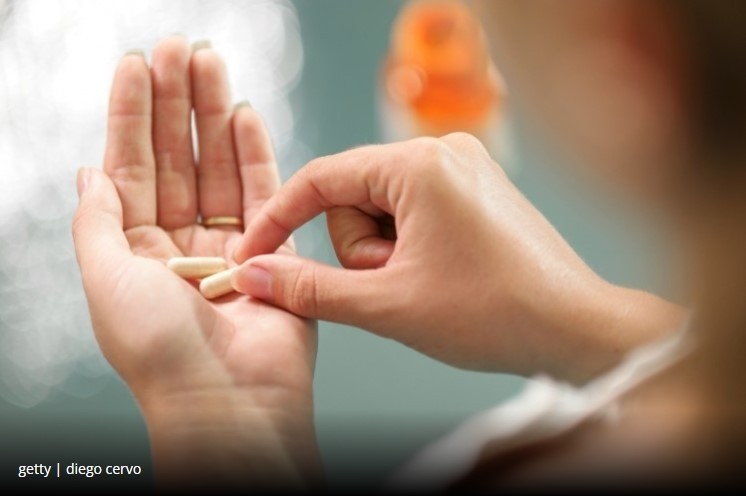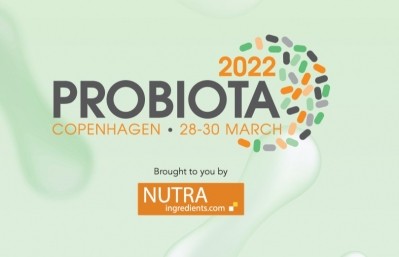Probiota 2022: Pondering on all things postbiotic…

The issue is the starting point of the session, entitled ‘What’s in a name? Working towards the best definition for postbiotics,’ where attendees will hear from those in support of the definition and those with an alternative view.
Scheduled to appear in the debate is Simone Guglielmetti. After he received his PhD in Food Biotechnology in 2005, Dr Guglielmetti went on to carry out research activities at University of Milan (UNIMI) and at Tampere University of Technology in Finland.
Dr Guglielmetti's primary research interest deals with (i) the identification of probiotic cell components mediating the communication with the host, and (ii) the study of the impact of dietary and probiotic interventions on the intestinal microbiome.
Dr Guglielmetti is author and co-author of more than 100 scientific publications.
Firstly, postbiotics is now defined as, ‘a preparation of inanimate microorganisms and/or their components that confers a health benefit on the host.’ Could you give me your thoughts to this latest definition and whether you think it is accurate or needs extending?
Simone Guglielmetti (SG): “Honestly, I do not agree with the new definition of postbiotic proposed by ISAPP for several reasons.
“The main caveat refers to the fact the new definition of postbiotic proposed by ISAPP merge two diverse concepts that we think have to be kept separated: inactivated microorganisms (defined paraprobiotic in several publications) and specific microbial molecular products or components (generally named postbiotics in the scientific literature of the last 10 years).
“The use of inactivated microorganisms to benefit health implies that a multitude of molecular factors (known and unknown) interact synergistically or additively to exert the activity, just like it happens for probiotics.
"On the opposite, the health promoting properties of postbiotics (in its original meaning) come from well-defined molecular factors of microbial origin. We believe that scientific and practical needs exist to maintain these two concepts separated.”
Do you think the postbiotic definition was made more urgent by its increasingly prominent role in industry but also links to the terms set for probiotics, prebiotics, synbiotics and fermented foods?
SG: “I agree with ISAPP that it is necessary to find a consensus on the definitions of the terms to be used to define products of microbial origin.
“Such definitions have to be to be adopted first of all in the scientific field and, consequently, in the industrial and commercial fields.
"I believe that urgency derives from the fact that, during the last years, industry started to produce a new generation of products based on the exploitation of the growing wealth of knowledge deriving from the scientific research on human microbiomes.
“Consider, in this sense, the recent approval by EFSA of the use of pasteurised cells of Akkermansia muciniphila as novel food.”
Do you agree that postbiotics appear to be the trend in the ‘biotics industry? Where do you see postbiotics excelling in demand or addressing certain health conditions?
SG: “I agree that the implementation of inactivated microorganisms and microbial molecular factors can profoundly renew the Biotics industry.
“One of the main opportunities, in my opinion, refers to the exploitation of those microorganisms that do not have the QPS (or GRAS) status but have been scientifically recognised during the last 15-20 years as members of the human microbiomes of mandatory importance for health maintenance and disease prevention; the best-known examples in this context are represented by Akkermasia muciniphila and Faecalibacterium prausnitzii.
“In addition, the use of inactivated microorganisms and/or their products of molecular components may permit to expand the exploitation of the health-promoting immunomodulatory properties of microbial cells also to sensitive populations and critically ill patients.
"I do believe that the immune system can represent the most promising target of application especially for inactivated cells."
Whether a postbiotic ends up being defined as the beneficial components of microbial fermentation, the heat-treated microbial cells themselves, or a combination of the two, have distinct manufacturing and marketing advantages over probiotics. Could you go into some of these advantages that probiotics appear not to have?
SG: “Beyond the aforementioned safety-related aspects, the main advantage of using inactivated microbial cells or microbial molecules refers to product stability.
"In fact, all the industrial efforts taken to maintain microbial cells alive either during the production of the formulation and during the shelf-life of the product are no longer needed.
“This is particularly important for those microorganisms that are exceptionally sensitive to stresses and can be hardly maintained viable in a product.
"A typical example among “conventional” probiotics is represented by certain bifidobacteria, such as Bifidobacterium bifidum, which have a very promising health-promoting potential.
"Keeping such microorganisms alive is difficult during biomass preparation (for instance due to the stress generated by freeze drying) and it is expensive also in the commercial product, because special packaging solutions are needed (e.g. alu-alu blister instead of the classic Aluminum-Plastic packing; packages with strong barrier properties against oxygen, UV and moisture, etc.).
“Furthermore, as mentioned above, the use of inactivated microbes or their specific molecular factors expands the basin of microorganisms that can be exploited, including, for instance, the more strictly anaerobic members of the intestinal microbiota.”
Finally, are there any approaches you’d like to see in which consumers can be better informed about postbiotic benefits so when the term is used on a product, consumers will know what to expect?
SG: “Communication with the public is important to generate consumers who knows how to choose Biotics products more consciously, creating positive pressure on the industry that can help to increase quality.
“In this context, I believe that an important contribution to consumer information can be made by science communicators who should disseminate in an understandable and pleasant way the results of the growing body of scientific studies that demonstrate the health benefits that the formulations based on the use of microorganisms (live, inactivated, and their products or components) can provide.
“Furthermore, an important role in consumer information should be played by pharmacists and family doctors. Therefore, training initiatives should also be aimed at them.”
About Probiota
Held on 28-30 March in Copenhagen, Probiota aims to bridge the gaps between cutting-edge science, business strategy, and key regulatory developments in the microbiome, probiotic and prebiotic markets.
The three-day event will bring together CEOs, academics, and top researchers for networking opportunities, in addition to interactive presentations and debates in the fields of probiotics, prebiotics and the microbiome. For more information and to register, please click HERE.


















